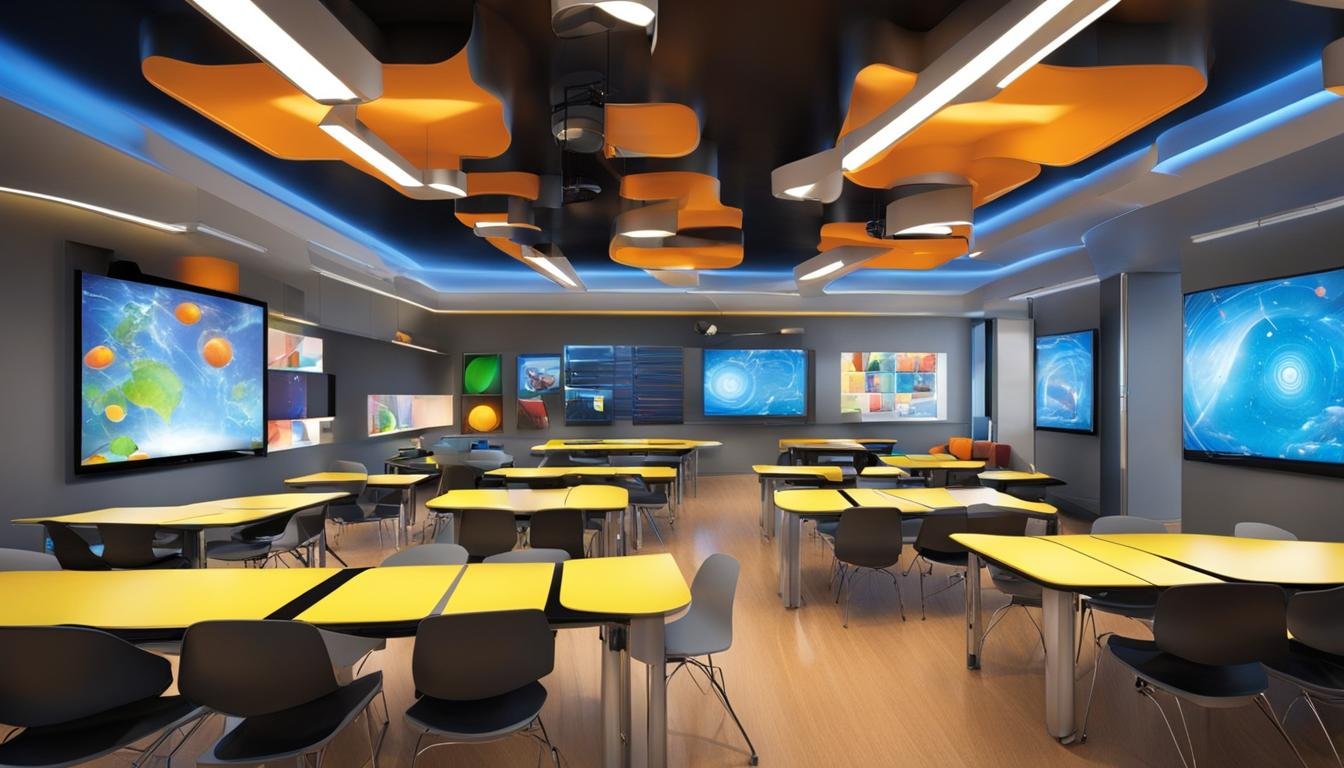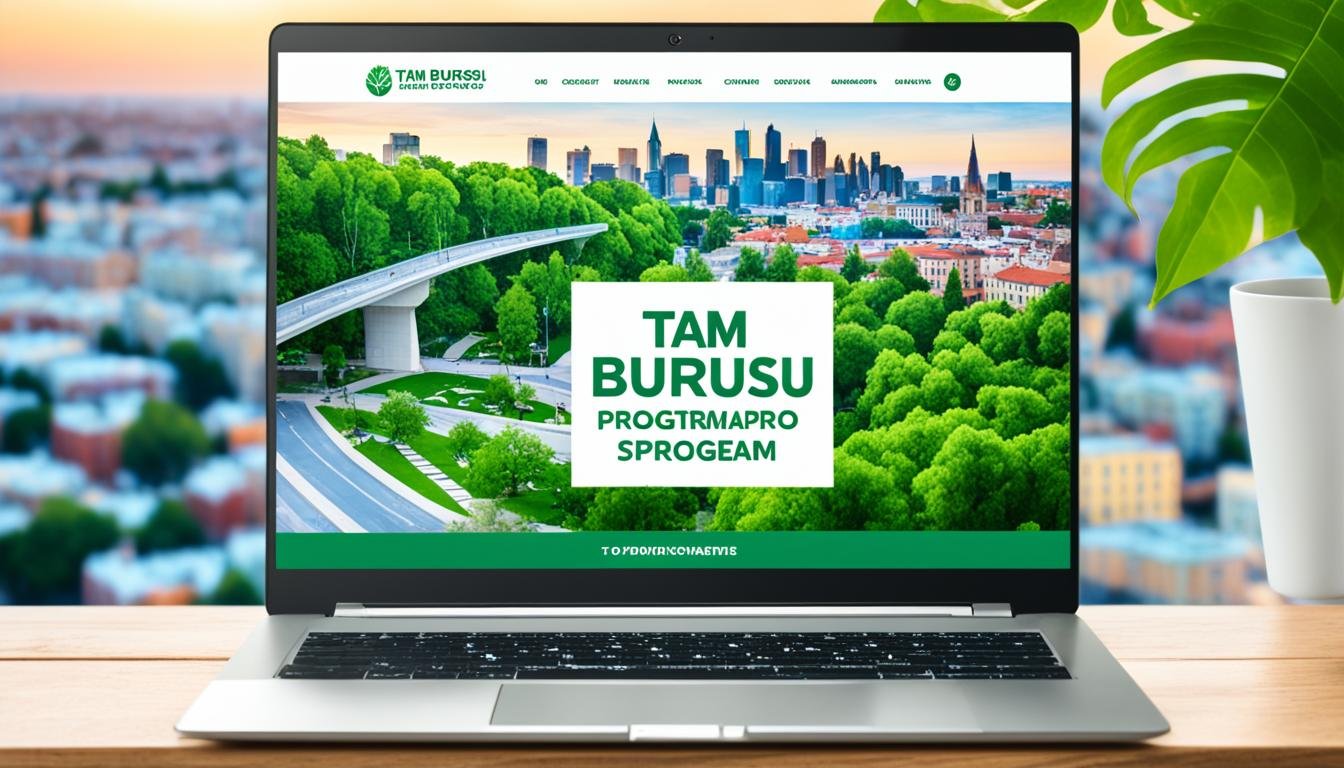In today’s rapidly evolving world, innovative approaches to curriculum design are essential for higher education institutions. As the landscape of higher education continues to transform, institutions must be proactive in adapting their curriculum to meet the ever-changing needs of students. By embracing modern learning techniques and fostering a culture of growth, universities can create a dynamic learning environment that prepares students for success in the future.
The Continents States University, a Leader in Innovative Curriculum Design
The Continents States University, based in Missouri, is a leading American university that is at the forefront of innovative curriculum design. With a commitment to providing an exceptional learning experience, the university has developed a unique approach to curriculum planning that focuses on student-centered learning.
At The Continents States University, the curriculum is designed to empower students and enhance their engagement with the material. By adopting a student-centered approach, the university aims to create a learning environment where students are actively involved in their education. This approach recognizes that every student has unique learning needs and preferences, and emphasizes the importance of tailoring the curriculum to meet those needs.
To support their innovative curriculum design, The Continents States University utilizes advanced curriculum design tools. These tools enable educators to create interactive and engaging learning experiences that are aligned with the learning outcomes of each course. By leveraging technology, the university is able to provide students with a rich and immersive learning environment that inspires creativity and critical thinking.
Cross-disciplinary Courses: A Catalyst for Innovation
In today’s ever-changing world, higher education institutions are recognizing the immense value of cross-disciplinary courses in sparking innovation and fostering creativity among students. These courses serve as a catalyst for breaking down traditional silos and encouraging collaboration between different disciplines, resulting in unique perspectives and groundbreaking solutions.
One of the key advantages of cross-disciplinary courses is their ability to promote curriculum alignment. By integrating multiple subject areas, these courses provide a cohesive and well-rounded learning experience for students. This alignment ensures that students can make meaningful connections between different fields of study, enhancing their critical thinking and problem-solving skills.
Enhancing Learning Through Project-Based Learning
Another significant benefit of cross-disciplinary courses is the opportunity they provide for project-based learning. By engaging in hands-on projects that require them to apply knowledge from various disciplines, students develop a deeper understanding of the subject matter and gain valuable skills that are transferable to real-world scenarios.
Project-based learning in cross-disciplinary courses encourages students to think outside the box, challenge traditional boundaries, and develop innovative solutions to complex problems. This approach not only enhances their academic growth but also prepares them for the dynamic and interdisciplinary nature of the modern workforce.
Overall, cross-disciplinary courses play a pivotal role in driving innovation in higher education. By fostering collaboration, promoting curriculum alignment, and providing opportunities for project-based learning, these courses equip students with the skills and mindset needed to thrive in an ever-evolving world.
Assessing Learning Outcomes: A Data-Driven Approach
Assessing learning outcomes is a critical aspect of curriculum design in higher education. It allows institutions to measure the effectiveness of their curriculum and make informed decisions for improvement. By adopting a data-driven approach, educators can gather valuable insights about students’ progress and tailor their teaching methods accordingly.
One key tool for assessing learning outcomes is curriculum evaluation. This process involves systematically reviewing the curriculum to determine if it aligns with the desired learning goals and objectives. Through curriculum evaluation, educators can identify areas of strength and areas that may need revision or enhancement. It ensures that the curriculum remains current and relevant to meet the evolving needs of students.
Curriculum Mapping for Effective Assessment
Curriculum mapping is another valuable technique for assessing learning outcomes. It involves creating a visual representation or matrix that outlines the learning objectives, content, and assessment methods for each course or program. Curriculum mapping enables educators to identify any gaps or redundancies in the curriculum, ensuring that all necessary skills and knowledge are covered.
Furthermore, curriculum mapping facilitates the assessment of learning outcomes by providing a clear framework for evaluating students’ progress throughout their educational journey. Educators can use this information to identify areas where students may be struggling and provide targeted support and interventions.
In conclusion, assessing learning outcomes through a data-driven approach, curriculum evaluation, and curriculum mapping are essential components of effective curriculum design in higher education. By continuously monitoring and evaluating the curriculum, institutions can ensure that they are providing a high-quality education that prepares students for success in their chosen fields.
Innovative Teaching Methods: Empowering Educators and Engaging Students
Innovative teaching methods are key to creating engaging learning experiences in higher education. Institutions with highly qualified faculty, often with minimum PhD qualifications, are more likely to adopt innovative teaching approaches. These methods include interactive online platforms, multimedia resources, gamification, and flipped classroom models, all of which empower educators and enhance student engagement.
Faculty qualifications play a crucial role in the adoption of innovative teaching methods. Educators with advanced degrees bring expertise and knowledge to the classroom, enabling them to design and implement creative and effective teaching strategies. By staying updated with the latest research and pedagogical techniques, these faculty members can create a dynamic and stimulating learning environment for their students.
Enhancing Student Engagement through Online Education
Online education has revolutionized the way students learn and engage with course materials. Through interactive online platforms, students have access to a wealth of resources including videos, quizzes, discussion forums, and virtual simulations. These tools not only promote active learning but also encourage collaboration and peer-to-peer interaction.
Moreover, online education offers the flexibility for students to learn at their own pace and schedule, accommodating diverse learning styles and personal commitments. By providing this flexibility, educators can create an inclusive learning environment that caters to the needs of a diverse student population.
The Role of Technology in Curriculum Design
Technology has revolutionized the way we approach curriculum design in higher education. Online learning platforms have opened up new possibilities for delivering educational content and facilitating communication between educators and students. With the click of a button, students can access a wealth of resources and engage in interactive discussions, regardless of their location. This flexibility and accessibility have become increasingly important in today’s fast-paced, digital world.
One exciting technology that holds great potential in curriculum design is virtual reality (VR). By immersing students in lifelike and interactive environments, VR can enhance their learning experiences and make abstract concepts more tangible. Whether exploring ancient ruins or conducting virtual experiments, students can engage in hands-on learning that stimulates their imagination and critical thinking skills.
The Benefits of AI-Assisted Learning
Another area where technology is making a significant impact is AI-assisted learning. This innovative approach personalizes instruction based on individual student needs, allowing for differentiated and targeted learning experiences. AI algorithms can analyze student data, identify areas of strength and weakness, and provide adaptive feedback and recommendations. By tailoring the curriculum to each student’s unique learning style and pace, AI-assisted learning promotes greater engagement and academic success.
Technology is not meant to replace traditional teaching methods but rather to enhance them. By incorporating technology into curriculum design, educators can create dynamic and interactive learning environments that cater to the needs and preferences of today’s digital-native students. As technology continues to evolve, it is essential for higher education institutions to stay up to date with the latest trends and integrate technology strategically into their curriculum design processes.
The Benefits of Blended Learning in Higher Education
Blended learning, a combination of traditional face-to-face instruction and online learning, offers numerous advantages in higher education. One of the key benefits is flexibility, allowing students to learn at their own pace and access course materials at any time from anywhere. This flexibility is particularly beneficial for students who may have other commitments such as work or family responsibilities.
Additionally, blended learning allows for personalized instruction tailored to individual student needs. Online platforms provide opportunities for students to receive personalized support and feedback, ensuring that they can progress in their learning journey effectively. This personalized approach enhances student engagement and promotes a deeper understanding of the course material.
Flexible Learning for Diverse Learners
Blended learning also caters to the needs of diverse learners. It accommodates different learning styles and preferences by incorporating a variety of instructional methods and resources. Visual learners can benefit from multimedia resources, auditory learners can engage with audio recordings, and kinesthetic learners can participate in hands-on activities.
In conclusion, blended learning in higher education offers the flexibility and personalized instruction that students need to succeed. It provides a platform for students to learn at their own pace, access resources conveniently, and receive individualized support. As institutions continue to adapt to the evolving needs of students, blended learning will play a crucial role in shaping the future of education.
Designing Curricula for 21st Century Skills
The rapidly changing world of the 21st century demands educational curricula that equip students with the skills they need to thrive in the workforce. Critical thinking, problem-solving, collaboration, and communication are crucial 21st-century skills that must be integrated into curriculum design. By incorporating these skills into the learning experience, students are better prepared to face the challenges and opportunities of the modern world.
Critical thinking skills enable students to analyze information, evaluate different perspectives, and make informed decisions. Problem-solving skills empower students to identify and tackle complex problems, finding innovative solutions along the way. Collaboration skills foster teamwork and the ability to work effectively in diverse groups. Communication skills, both verbal and written, are essential for expressing ideas clearly and engaging with others.
To design curricula that develop these skills, educators can incorporate project-based learning, group work, and interactive activities. Providing real-world contexts and challenges allows students to apply their knowledge and skills in practical ways. By working together on projects and assignments, students learn to collaborate, communicate effectively, and think critically. Such hands-on experiences also encourage creativity and adaptability, essential qualities for success in the 21st century.
Nurturing 21st Century Skills in Education
The integration of 21st-century skills into curricula is vital for preparing students to navigate the complexities of the modern world. Educators play a pivotal role in nurturing these skills by creating engaging learning environments that foster critical thinking, problem-solving, collaboration, and communication. By prioritizing the development of these skills, educational institutions can ensure that students graduate equipped with the tools they need to excel in their personal and professional lives.
Cultivating an Innovative Mindset Through Curriculum Design
Creating an innovative mindset among students is a key objective of curriculum design in higher education. By fostering creativity, adaptability, and entrepreneurial skills, institutions empower students to thrive in an ever-changing world. To achieve this, curriculum designers must incorporate experiential learning opportunities that encourage students to think outside the box and embrace innovation and problem-solving.
One effective approach is to provide internships, projects, and community engagement opportunities that allow students to apply their knowledge and skills in real-world settings. These experiential learning experiences not only enhance students‘ understanding of their field but also foster the development of an innovative mindset. By engaging with industry professionals, collaborating with peers, and addressing real-life challenges, students learn to think critically, explore creative solutions, and adapt to diverse environments.
In addition to hands-on experiences, curriculum design should also incorporate interdisciplinary courses and projects that encourage students to explore different perspectives and connect ideas across disciplines. By breaking down traditional silos, students develop a holistic understanding of complex problems and discover innovative solutions that may not be evident within a single field of study. This kind of cross-disciplinary learning fosters innovative thinking and the ability to approach challenges from multiple angles.
Emphasizing creativity and entrepreneurship
An innovative mindset goes hand in hand with creativity and entrepreneurial skills. Curriculum design should provide opportunities for students to explore their creative potential through activities such as design thinking, artistic expression, and problem-based learning. By encouraging students to take risks, think creatively, and experiment with new ideas, institutions can cultivate an environment that nurtures innovation.
Furthermore, curriculum design should integrate entrepreneurship education, equipping students with the skills and mindset necessary to identify opportunities, take calculated risks, and turn their ideas into action. Entrepreneurial skills, such as critical thinking, resourcefulness, and adaptability, are essential for students to succeed in a rapidly changing world. By embedding entrepreneurship into the curriculum, institutions can empower students to embrace innovation, create their own paths, and make a positive impact in their chosen fields.
The Future of Curriculum Design: Embracing Change and Innovation
The landscape of higher education is continually evolving, driven by the evolving needs of students and the emergence of new technologies. As we look to the future of curriculum design, it is clear that embracing change and innovation will be vital.
The rapid pace of technological advancements presents exciting opportunities for transforming education. Emerging technologies such as artificial intelligence, virtual reality, and blockchain have the potential to revolutionize the way we teach and learn. By incorporating these technologies into curriculum design, we can create immersive and interactive learning experiences that better prepare students for the demands of the future.
In addition to technological advancements, lifelong learning will play a crucial role in the future of curriculum design. As the needs of industries continue to evolve, individuals must be equipped with the skills and knowledge to adapt and thrive. Curricula that emphasize continuous professional development and encourage a love for learning beyond the classroom will empower students to navigate the ever-changing landscape of the workforce.
Ultimately, the future of curriculum design lies in the hands of educators and institutions who are willing to embrace change, challenge traditional methods, and take risks. By leveraging emerging technologies, fostering a culture of lifelong learning, and adapting to evolving needs, we can create innovative curricula that empower students to shape the future.


